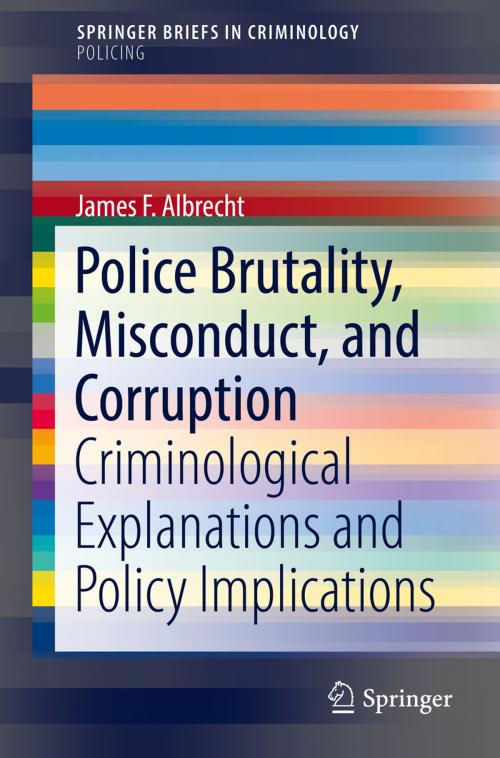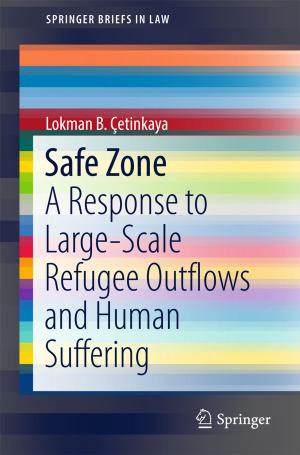Police Brutality, Misconduct, and Corruption
Criminological Explanations and Policy Implications
Nonfiction, Reference & Language, Law, Administrative Law & Regulatory Practice, Social & Cultural Studies, Social Science, Crimes & Criminals, Criminology| Author: | James F. Albrecht | ISBN: | 9783319644387 |
| Publisher: | Springer International Publishing | Publication: | September 14, 2017 |
| Imprint: | Springer | Language: | English |
| Author: | James F. Albrecht |
| ISBN: | 9783319644387 |
| Publisher: | Springer International Publishing |
| Publication: | September 14, 2017 |
| Imprint: | Springer |
| Language: | English |
This Brief proposes a criminological typology for understanding and addressing police misconduct. Through examination of each major type of police misconduct, the author proposes future research directions to deter and prevent misconduct.
According to an examination of 50 years of police misconduct cases within the New York Police Department (NYPD) and Los Angeles Police Department (LAPD), the author proposes 5 major typologies: police corruption, police criminality, excessive use of force, abuse of authority, and police misconduct. Through a systematic examination of each of these five types, the author aims to break down the nebulous topic of police misbehavior into manageable categories, with their own set of causes, and recommendations for detection and prevention.
This work will be of interest for researchers in criminology and criminal justice, particularly with an interest in police studies, and related fields such as public policy and sociology. It will also be of interest for policymakers.
This Brief proposes a criminological typology for understanding and addressing police misconduct. Through examination of each major type of police misconduct, the author proposes future research directions to deter and prevent misconduct.
According to an examination of 50 years of police misconduct cases within the New York Police Department (NYPD) and Los Angeles Police Department (LAPD), the author proposes 5 major typologies: police corruption, police criminality, excessive use of force, abuse of authority, and police misconduct. Through a systematic examination of each of these five types, the author aims to break down the nebulous topic of police misbehavior into manageable categories, with their own set of causes, and recommendations for detection and prevention.
This work will be of interest for researchers in criminology and criminal justice, particularly with an interest in police studies, and related fields such as public policy and sociology. It will also be of interest for policymakers.















